Google Ads Competitor Analysis – Complete Guide 2024

As we journey through the ever-changing landscape of the online marketplace, one thing remains constant: the need for businesses to stay ahead of their Google Ads competitors. With Google Ads competitor analysis being a cornerstone of digital advertising, it’s more important than ever to keep a watchful eye on your competition, especially if you’re working with a Google Ads agency.
In this blog, we will share top-notch strategies that you can use to uncover your competitor’s ad copy, landing pages, and bidding tactics. By knowing what your rivals are up to, you’ll be able to tweak your ads and gain an edge in the fiercely competitive world of online advertising.
So, grab your magnifying glass and sharpen your detective skills because we’re about to reveal the secrets of spying on your Google Ads competitors.
What are Google Ads?
Google Ads is an online advertising platform that allows businesses to display ads on Google’s SERPs and other partner websites. With Google Ads, you can create ads targeting specific keywords and demographics, allowing you to reach your ideal audience precisely and only pay for the clicks or impressions your ads receive.
What is Google Ads Network?
The Google Ads network is a collection of websites and apps that partner with Google to display ads. When you create an ad through Google Ads, you can choose to display it on the Google search network, which includes Google search, maps, display network, etc.
What is Ad Rank?
Ad Rank is a system that Google uses to determine the order in which ads are displayed on SERPs. Ad Rank is calculated based on various factors, including the relevance and quality of your ad, your bid amount, and the expected impact of ad extensions and other ad formats.
Key Google Ads Competitor Analysis:
-
Know the competitors who are using Google Ads:
Understanding all the strategies of your competition through Google Ads competitor analysis can provide valuable insights and help you refine your advertising efforts.
Start by conducting thorough research using tools like SEMrush or Ahrefs to analyse your competitors’ websites. Identify the keywords they target and gauge the traffic they receive from organic searches. This information will help you understand their online presence and enable you to make informed decisions when it comes to leveraging Google Ads for your business.
-
Google Ads Auction Insights:
In the world of online advertising, Google Ads is undoubtedly one of the most powerful tools available. With the ability to target a specific audience, track conversions, and measure ROI, it’s no wonder many businesses rely on Google Ads to drive traffic and increase sales. Google Ads Auction Insights is a tool that allows advertisers to compare their performance in the Google Ads auction against their competitors. Google Ads competitor analysis is crucial for staying ahead in this competitive landscape.
One of the most important metrics provided by Google Ads auction insights is impression share, which is the percentage of times your ad was shown out of the total number of times it could have been displayed. By comparing competitors’ impression share, you can see how often your ads are being displayed relative to others in your industry.
If your impression share is low, it may be a sign that you need to increase your bids or improve the relevance of your ads.
Average position is another key metric provided by Google Ads auction insights which refer to the average position your ad refers to the average position your ad appears in the search results.
A higher average position typically means that your ad is more visible and, therefore, more likely to be clicked on. If your average position is lower than your competitor’s, you can see how your ad ranks relative to others in the industry.
Google Ads auction insights also provide information about overlap rate, which refers to the percentage of times your ad and a competitor’s ad are shown at the same time. If your overlap rate is high, it may be a sign that you and your competitor are bidding on the same keywords and targeting the same audience.
Analysing your overlap rate can get you insights into your competition and help you make strategic decisions about differentiating your ads and improving your performance.
-
Understand the amount of traffic your competitor gets:
The most important step in analysing your competitor’s Google Ads traffic and optimising Google Ads for your business is performing in-depth research. You can use tools like SEMrush or Ahrefs to analyse your competitor’s websites.
These tools can inform you about keywords your competitors are targeting and how much traffic they get from organic searches. While this information isn’t specifically about Google Ads traffic, it can still help you understand your competitor’s overall online presence and make informed decisions when it comes to optimising Google Ads for your business.
Another leveraging tool is Google’s Display Planner, which helps you gain insights into your competitors’ display ad campaigns. This tool lets you view your competitors’ targeting options, ad placements, and estimated impressions.
By conducting a thorough Google Ads competitor analysis, you can get a sense of which type of audiences your competitors are targeting and which ad formats they are using. Once you have this information, you can analyse and draw insights to refine your advertising strategies.
-
Check your competitor’s top keywords:
The most important step in understanding your competitor’s top keywords is identifying who they are. It starts with searching for keywords relevant to your business and seeing who is ranking at the top competitors in your niche.

Get weekly insights for revenue-shifting results
Sign up for our newsletter and be the first one to know about our exclusive offers, digital marketing news and updates.
|
|
Thank you for Signing Up |


The next step is using keyword research tools like SEMrush or Ahrefs to find the keywords they are ranking for. Now, you can look at the content your competitors provide and the keywords they use in their content. Identifying the topics they cover can give you a better understanding of your content strategy and the keywords driving traffic to their websites. Also, keep an eye on their metadata, like title tags, meta descriptions, and webpage headers.
These elements play a crucial role in your SEO and can give you insights into the keywords your competitors are targeting. Analysing the backlink profile of your competitors is, again, very important. This can give you an idea of their target keywords and the content driving the most backlinks.
-
The amount of money your competitors are making using Google Ads:
One of the best ways to understand your competitor’s advertising budget is to use Google’s Auction Insights report. This report provides detailed information about how your ad performance compares to other advertisers competing for the exact keywords and audience.
This report includes data on key metrics, including impression share and average position, which refers to where your ad ranks compared to other advertisers. Finally, the overlap rate refers to how often another advertiser’s ad is shown at the same time as yours. Another way to gauge your competitor’s advertising budgets is to look at their landing pages.
By analysing your competitor’s landing pages, you can see how much they are investing in their advertising efforts. High-quality, well-designed, optimised landing pages crafted for conversions typically indicate a significant advertising budget.
ROI on Google Ads Campaigns
Figuring out the ROI of your Google Ads is important to see if they’re working and making you money. ROI tells you how much money you get back for every dollar you spend on ads. You do this by comparing the sales you get from your ads to how much it costs to run those ads.
By tracking conversions, which are things you want people to do on your website after clicking your ad, like buying something or signing up for a list, and attributing sales to specific campaigns, you can see which ads bring in the most money. This information helps you fine-tune your campaigns to get the most out of your advertising budget. You want to spend more money on the ads bringing in the most sales.
Google gives you powerful tools to see your ROI in detail. Google Analytics gives you a lot of data on how your campaigns are doing, and conversion tracking shows you exactly what people do after clicking on your ads. Using these tools and the information they give you, you can make decisions based on data to improve your Google Ads campaigns and make them work even better.
Most Common Paid Marketing Tools For Google Ads Competitor Analysis:
-
Auction Insights via Google Ads Campaign
Auction Insights is a powerful tool for conducting Google Ads competitor analysis. It allows you to see how your ads perform relative to your competitors in the same auctions. It helps you with metrics like impression share and average position for your and the competitor’s ads. You can use this information to adjust your bidding strategy and improve your ad position.
-
SEMRush
SEMrush is an all-round marketing tool that provides insights on SEO, PPC, social media, and content marketing. This tool empowers you to analyse your website’s search rankings, monitor keyword effectiveness, and uncover fresh growth avenues.
By benchmarking your performance against industry standards and scrutinising competitor strategies, you can gain a competitive edge. Specialising in competitor data, it reveals their ad keywords and traffic metrics, providing invaluable insights for optimising your campaigns.
-
Ahrefs
Ahrefs can provide detailed insights into your competitor’s backlink profiles, allowing you to identify new link-building opportunities. It can be utilised for all aspects of your Google Ads competitor analysis. It will show you things like top pages, IPs, and external links regarding your competitors. With this tool, you can also conduct keyword research and analyse your website’s ranking positions.
-
iSpionage
iSpionage is a competitive intelligence tool that allows you to analyse your Google Ads competitor’s SEO and PPC campaigns. It provides insights into their organic and paid search performances as well as backlink profiles. iSpionage offers a range of other features, including ad monitoring and competitor alerts, that can help you stay ahead of your competition.
-
SpyFu
SpyFu provides insights into your competition’s ad copy, keywords, and landing pages. This simple and effective tool helps you find your competitor’s top-paid keywords, the CPC (cost per click), and the monthly cost. Knowing where your competitors are spending their dollars, you can decide which keywords are worth pursuing.
-
KeywordSpy
KeywordSpy is an innovative research tool that not only analyses competitors’ PPC campaigns but also provides invaluable insights into ad copies and landing pages. You can check a competitor’s keywords, domains, ad copy, and Google Ads competitor analysis.
This tool also offers a range of other features, like advanced keyword grouping and filtering, which can help you take your PPC campaign to the next level. Its ability to track your keyword performance and identify areas for improvement allows you to be in control of your marketing strategy.
-
SimilarWeb
Similarweb provides insights on traffic sources, demographics, and engagement metrics. It allows you to find out your competitor’s monthly traffic, which channels bring the most visitors, and specifically where these visitors come from.
Similarweb gives you opportunities for growth and optimisation by analysing competitors’ strategies. Similarweb also offers other range of features like keyword research and content analysis which can help you improve your overall digital marketing strategy.
Conclusion:
When it comes to Google Ads competitor analysis, getting a leg up on your rivals can mean the difference between success and bitter failure. Luckily, with various advanced tools and platforms available, keeping tabs on your competitor’s moves has become easier.
While snooping on your competition is a powerful tactic, creating ads that pack a serious punch is equally important to stand out from the crowd. By blending a strategic approach to undercover ops with a focus on crafting top-notch content that resonates with your audience and drives conversions, you’ll be well on your way to achieving your marketing goals and taking your campaigns to new heights.
In search for strategic sessions?
Let us understand your business thoroughly and help you
strategies your digital product.
It's time to call your business-
a brand!
Australian Owned Agency
Save Time and Money
Unbeatable Value
Where Work Gets Done
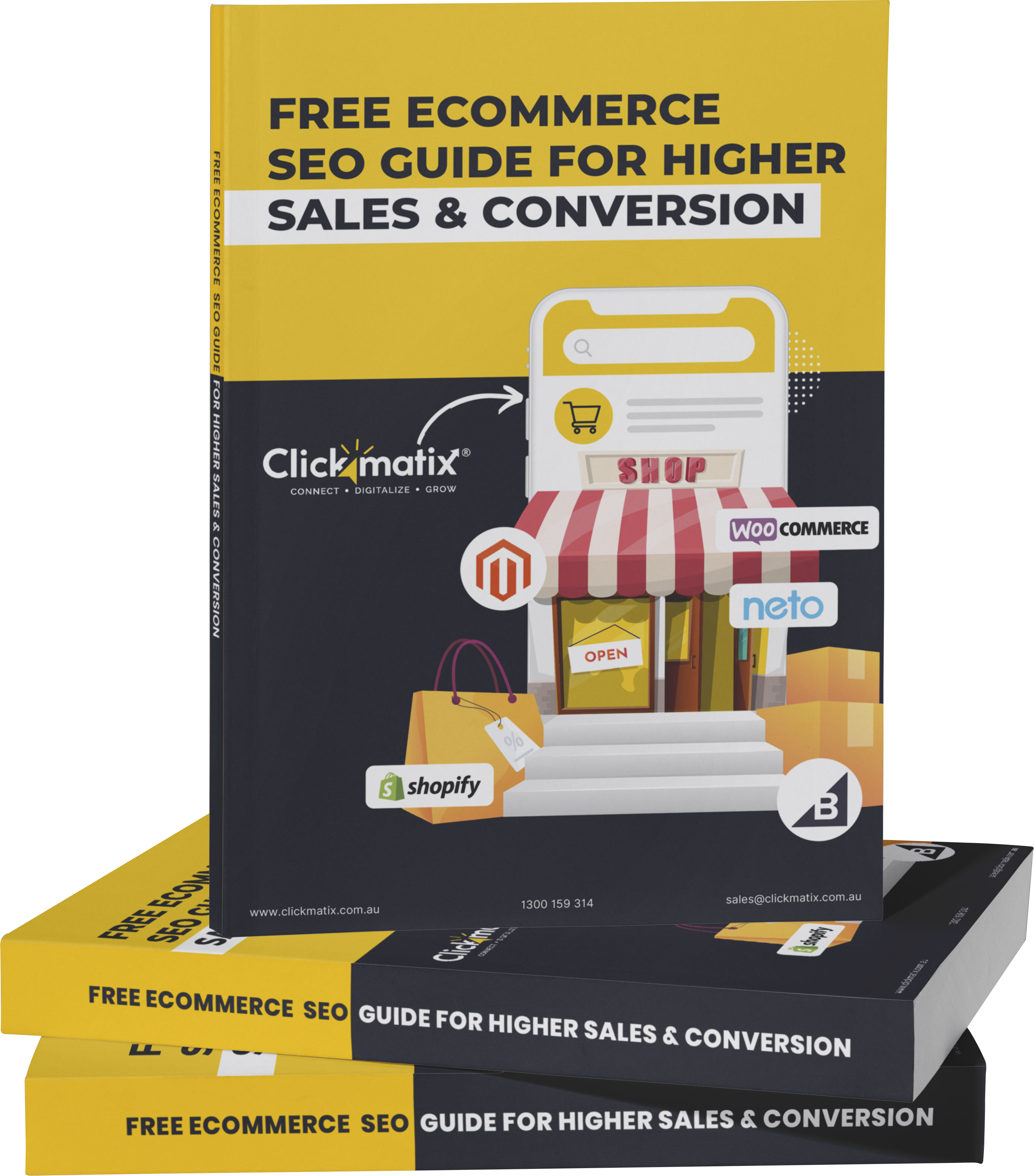
free Ecommerce SEO guide for Higher Sales & Conversion



THE ULTIMATE MARKETING GUIDE FOR LAWYERS



Youtube Ads Guide How to Advertise on Youtube



free Ecommerce SEO guide for Higher Sales & Conversion


It's time to call your business-
a brand!
Australian Owned Agency
Save Time and Money
Unbeatable Value
Where Work Gets Done


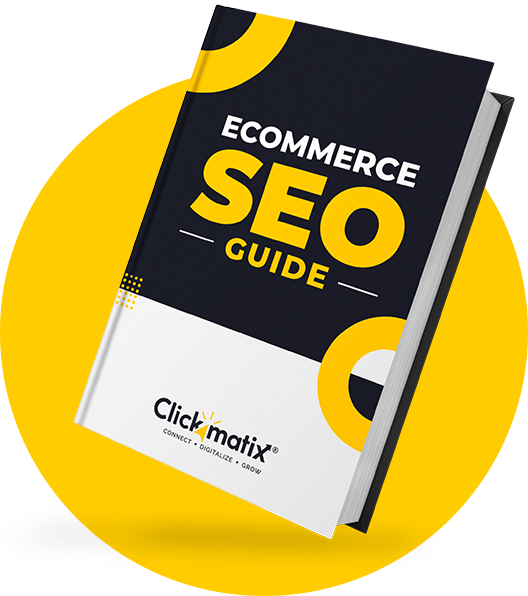
The Game-Changing Ecommerce SEO Guide That Will Blow Your Mind & Sales
With this Ecommerce SEO Guide, you'll be able to:
- Develop a Ecommerce SEO strategy.
- Build a content marketing strategy that aligns with your business goals.
- Convert your website visitors into paying customers.



Youtube ads guide how to advertise on youtube
With this Youtube ads Guide, you'll be able to:
- Develop a Youtube ads strategy.
- Build a type of ads of your own that aligns with your business goals.
- Generate revenue from youtube ads.
It's time to call your business-
a brand!
Australian Owned Agency
Save Time and Money
Unbeatable Value
Where Work Gets Done









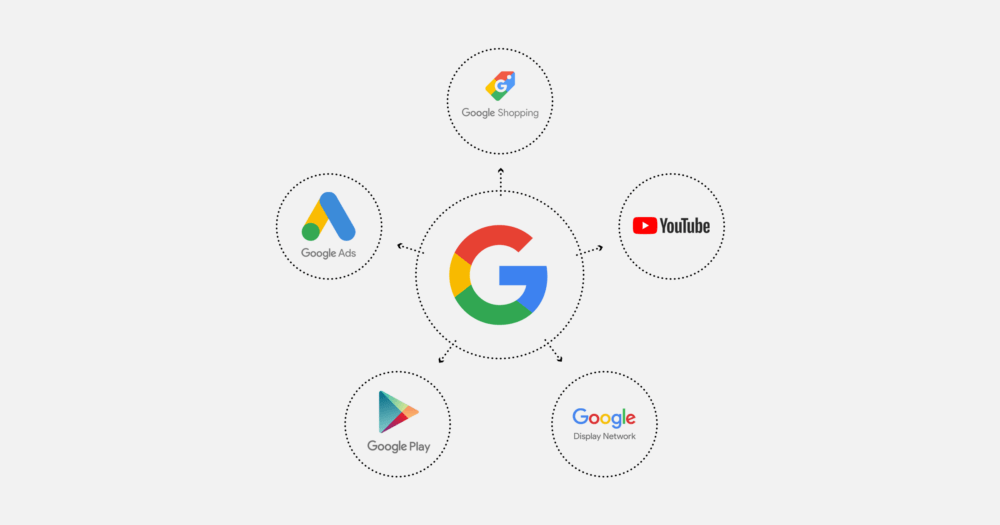
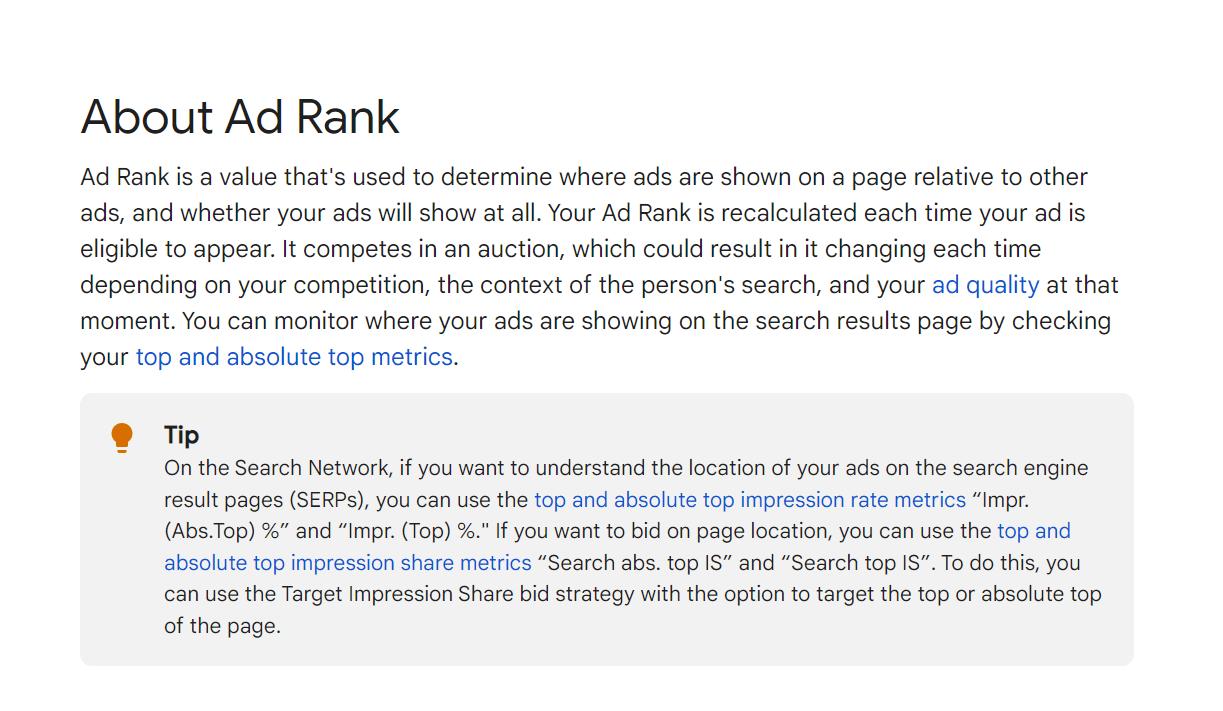
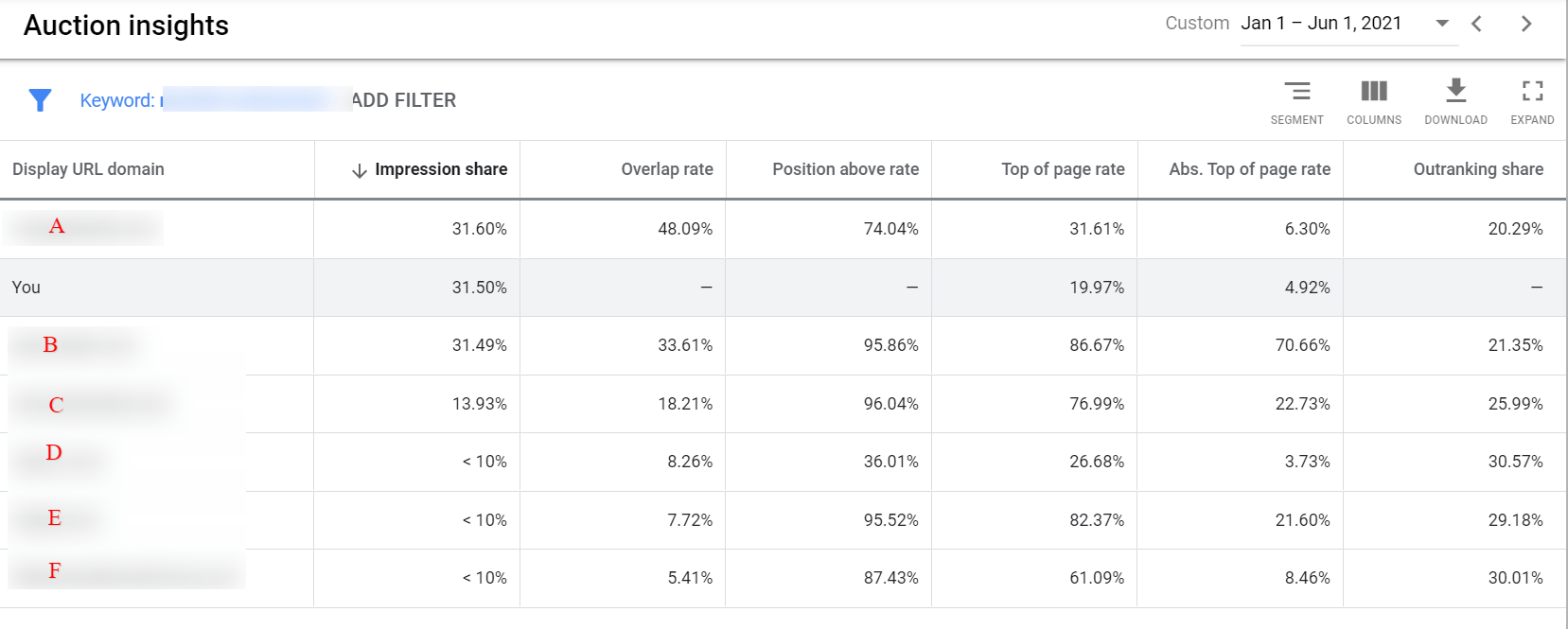





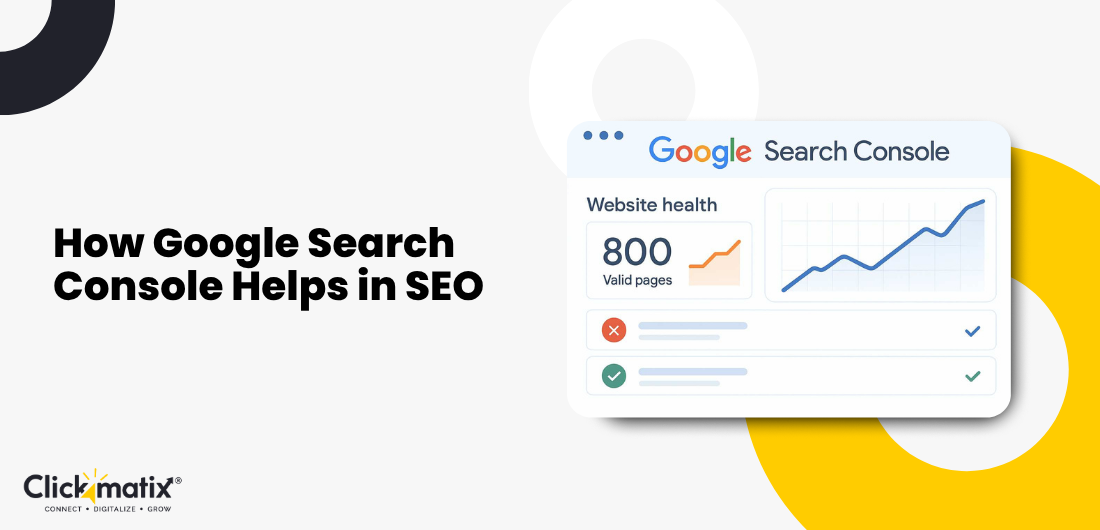
 Australian Owned Agency
Australian Owned Agency Save Time and Money
Save Time and Money Unbeatable Value
Unbeatable Value Where Work Gets Done
Where Work Gets Done